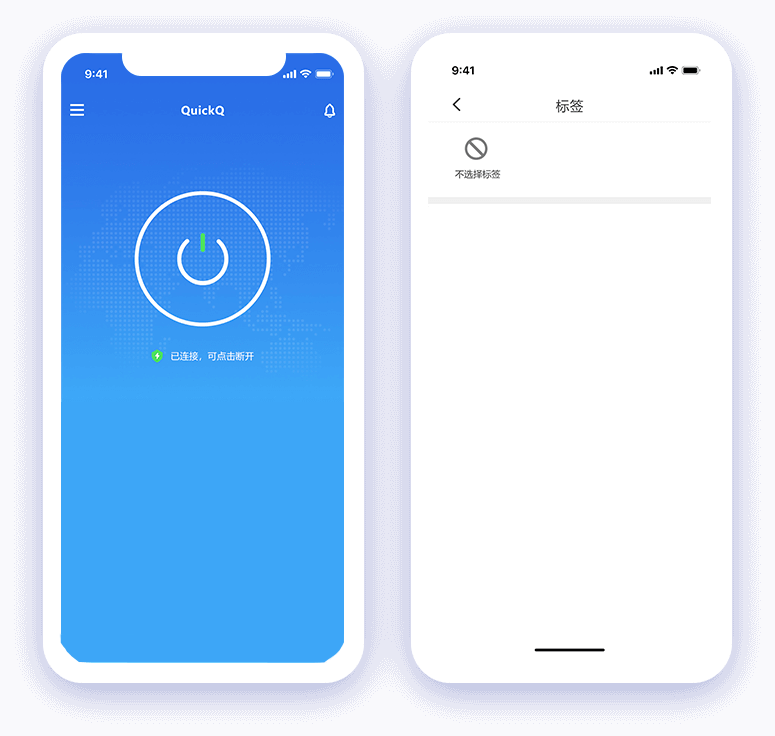Seamless Integration for a More Smooth Experience
페이지 정보

본문
As technology continues to advance, the concept of seamless integration has become a driving force in the development of modern digital solutions. The idea behind unified platforms is to connect various elements in a way that creates a more efficient workflow. In this article, we will explore the benefits and challenges of seamless integration and its effects on industries such as smart homes.
One of the primary advantages of seamless integration is the increased user experience it offers. By eliminating the need for different login procedures, users can perform tasks effectively. This is particularly clear in the healthcare sector, where devices such as thermostats can be controlled through a console. This flexibility and ease of use have made smart homes a popular choice for many consumers.
However, realizing innovation is not easy to accomplish. One of the significant hurdles is integration complexities between various systems and architecture. If systems are not optimized to function together fluidly, the user is left with a disjointed experience. This can lead to frustration and a loss of interest in the technology. For case study, if a IoT gadget is not compatible with the user's preferred voice interpreter, it can limit its functionality and user experience.
In the healthcare industry, seamless integration has the capability to transform patient care. Medical databases can be accessed and updated in real-time, quickq reducing mismutations. Health monitoring systems can also be integrated to the medical history, enabling medical professionals to track patients' progress. This can lead to more accurate diagnoses and tailored solutions.
The auto sector has also observed substantial growth through seamless integration. With the growth of self-driving cars, vehicles can exchange data with other devices on the road, such as traffic management systems. This allows for enhanced road safety, reduced congestion. Ride-sharing services can also be integrated with smart traffic infrastructure to reduce travel times and reduce travel times.
To address the obstacles of seamless integration, companies are investing in advanced innovation frameworks that facilitate data exchange with each other seamlessly. Application Programming Interfaces are a prime mover of seamless integration. APIs allow devices to exchange data and facilitate collaboration. Technical standards such as Z-Wave, have promoted streamlined processes in the IoT sector.
In conclusion, seamless integration has the ability to improve various sectors, including healthcare. While challenges such as compatibility issues exist, innovative solutions such as APIs and Z-Wave are driving the development of more intuitive interfaces. As innovation progresses, we can expect to see more seamless integration in various aspects of our lives, yielding better outcomes.
One of the primary advantages of seamless integration is the increased user experience it offers. By eliminating the need for different login procedures, users can perform tasks effectively. This is particularly clear in the healthcare sector, where devices such as thermostats can be controlled through a console. This flexibility and ease of use have made smart homes a popular choice for many consumers.
However, realizing innovation is not easy to accomplish. One of the significant hurdles is integration complexities between various systems and architecture. If systems are not optimized to function together fluidly, the user is left with a disjointed experience. This can lead to frustration and a loss of interest in the technology. For case study, if a IoT gadget is not compatible with the user's preferred voice interpreter, it can limit its functionality and user experience.
In the healthcare industry, seamless integration has the capability to transform patient care. Medical databases can be accessed and updated in real-time, quickq reducing mismutations. Health monitoring systems can also be integrated to the medical history, enabling medical professionals to track patients' progress. This can lead to more accurate diagnoses and tailored solutions.
The auto sector has also observed substantial growth through seamless integration. With the growth of self-driving cars, vehicles can exchange data with other devices on the road, such as traffic management systems. This allows for enhanced road safety, reduced congestion. Ride-sharing services can also be integrated with smart traffic infrastructure to reduce travel times and reduce travel times.
To address the obstacles of seamless integration, companies are investing in advanced innovation frameworks that facilitate data exchange with each other seamlessly. Application Programming Interfaces are a prime mover of seamless integration. APIs allow devices to exchange data and facilitate collaboration. Technical standards such as Z-Wave, have promoted streamlined processes in the IoT sector.
In conclusion, seamless integration has the ability to improve various sectors, including healthcare. While challenges such as compatibility issues exist, innovative solutions such as APIs and Z-Wave are driving the development of more intuitive interfaces. As innovation progresses, we can expect to see more seamless integration in various aspects of our lives, yielding better outcomes.

- 이전글Answers about Fitness 25.04.12
- 다음글문학과 상상력: 이야기의 세계로 25.04.12
댓글목록
등록된 댓글이 없습니다.